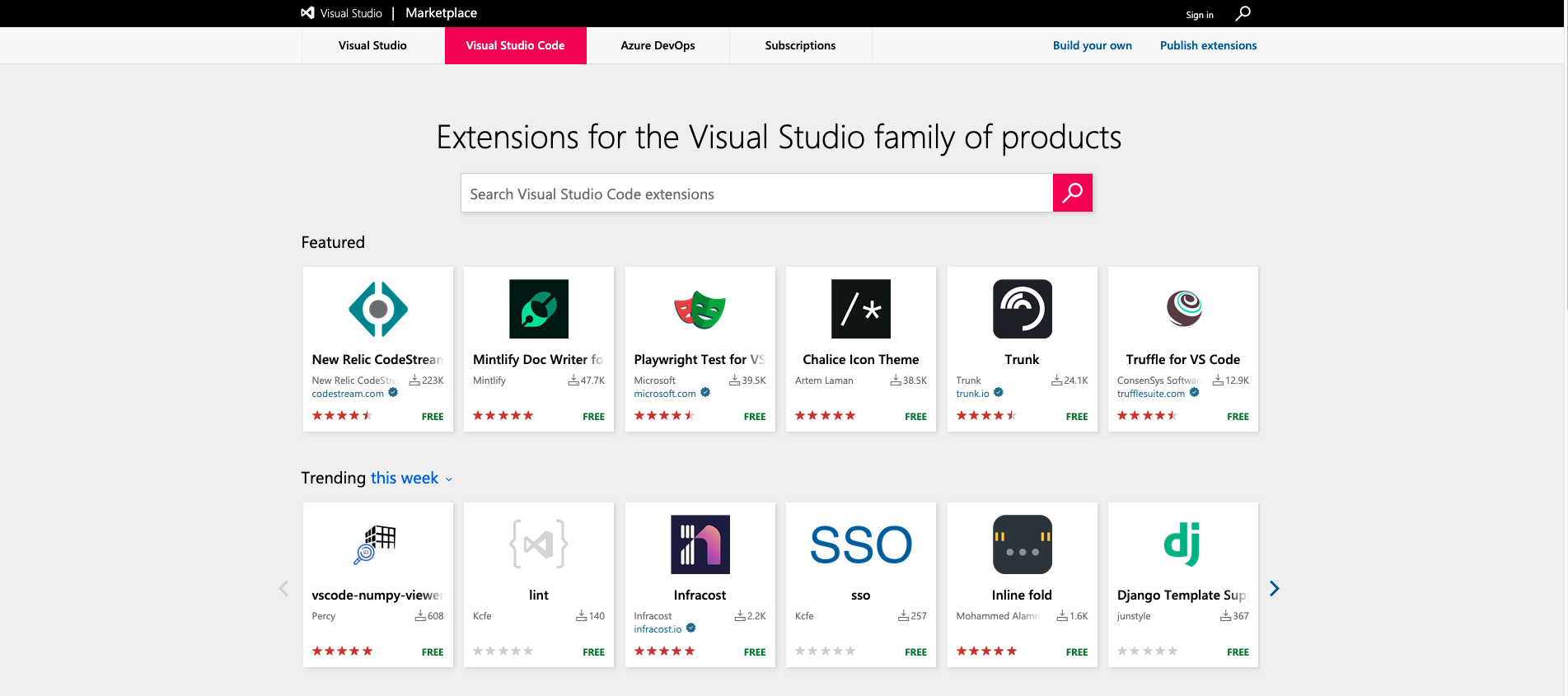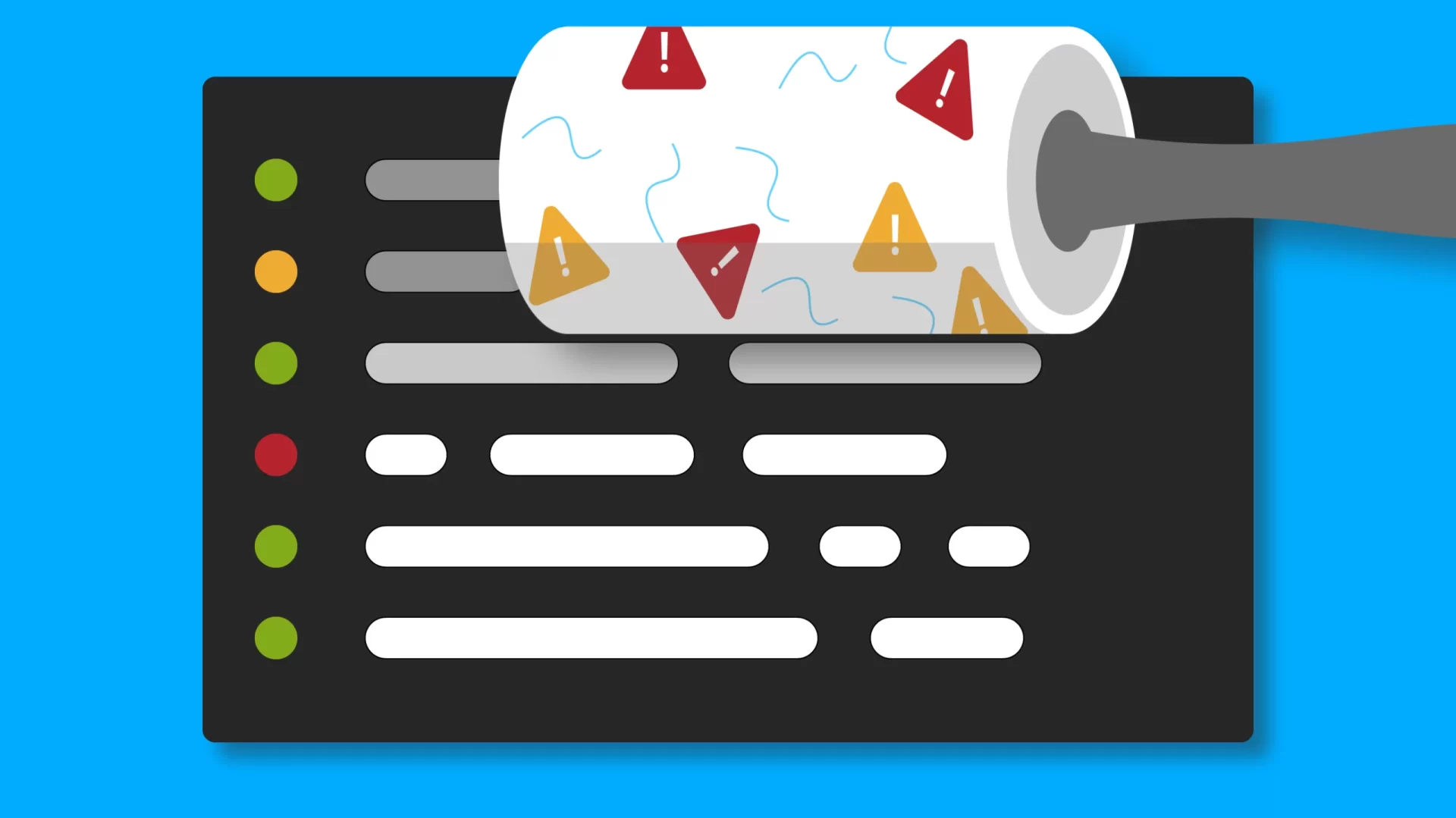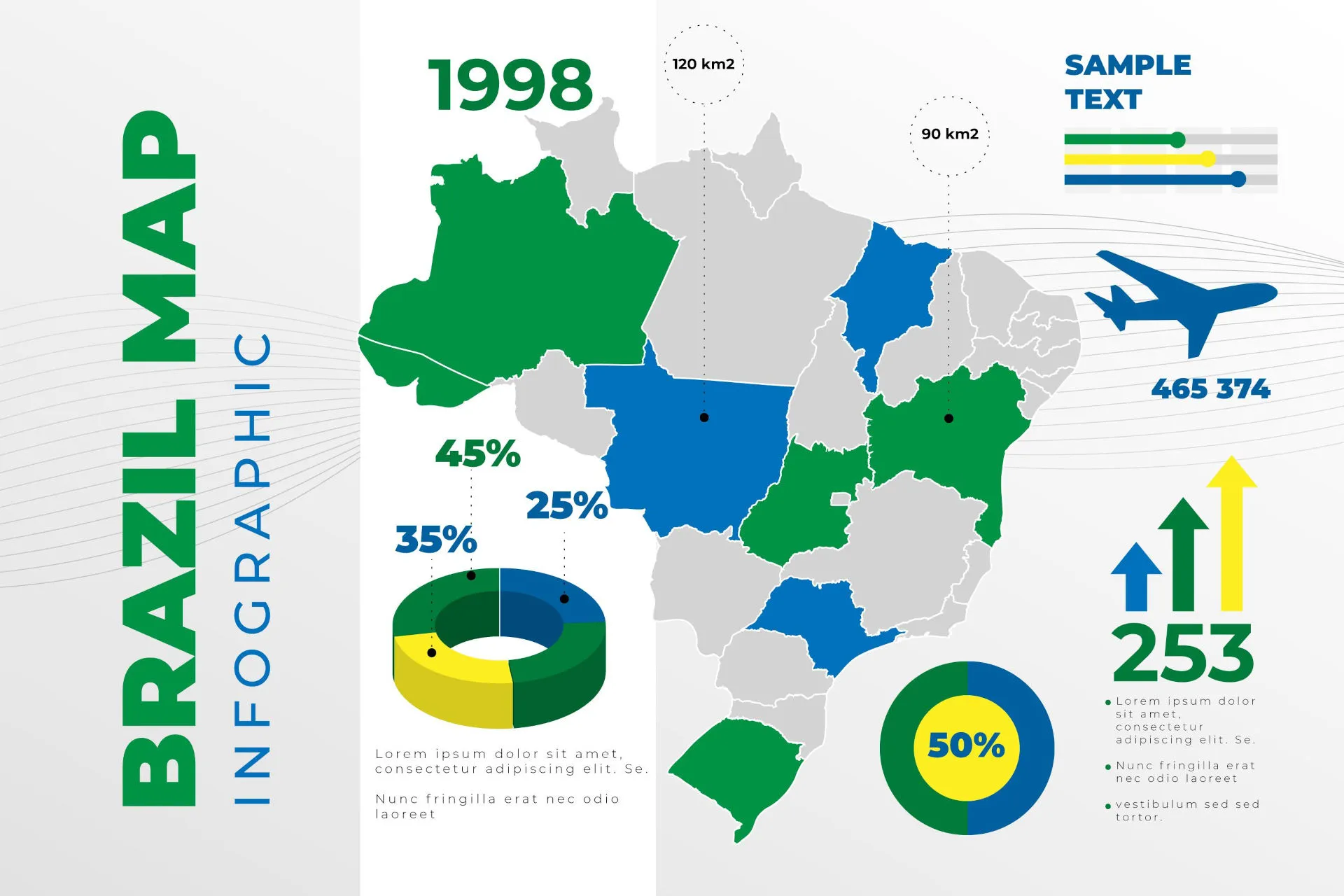Back office and Front office are sets of activities and responsibilities in managing a business, and can be performed by teams of their own or outsourced in companies. In the context of software systems and applications, it is possible to adapt the service of solutions on different platforms, which interact with each other through data exchange and communication, using services oriented architectures or microservices.
In short, using an e-commerce system as an example, we can define responsibilities such as:
– Back Office: Performs the internal management processes of an online store, the processes that will have little or no contact with customers.
– Front Office: It performs external management processes, or showcase of a virtual business, are direct contact operations with customers.
Therefore, it is essential to know how to manage the activities of frontoffice and backoffice, understand the functions of each of them and identify how technology, with applications and infrastructure can help in this process of structure an organization.
What is Backoffice
Backoffice focuses on a company’s support processes, which guarantee the activities of “selling” the business, whether related to products or services.
In general, backoffice teams have no contact with the end customer. They act in the company’s support, in support processes and business contingency. Examples of processes situated in Backoffice are: Financial Management, IT (Information Technology), HR (Human Resources), among others.
We can simplify the understanding by stating that back office operations offer support for business operation, even if not visible to the customer.
Business support processes and areas can also be called “middles”. It is common to classify teams of professionals as belonging to ** middle areas **.
It is important to understand that processes and systems that help them can be defined as backffice or frontoffice according to the products or services that the company sells. For example, in a Business to Consumer (B2C) company, where an online platform supports the entire operation, such as an airline ticket portal to various companies, IT teams are considered backoffice, although if IT deliver the software that operates the BUSINESS - Both in front and back.
However, in a company where the main business is the custom system development service, a software factory, IT teams are considered to be frontoffice, as they operate directly on the main business.
What is Frontoffice
Frontoffice, or front line, operate the organization’s main processes, linked directly to the products and services sold, ie operate activities with high contact with the customer.
For example, if your business works with product sales, whether in an online or physical store, the entire process “*front line” that can understand inventory control, inventory management, production (in case of production on demand) and delivery to the client’s hands.
There are several sectors of a business that need to deal with customers, from pre-sale or after sales of the products and/or services offered by Business.
What is the difference between front office and back office
The main difference between frontoffice and backoffice is the activities and processes that deal directly with the company’s customers.
Back office ensures proper operation, delivers business infrastructure, takes care of the internal details. Front Office guarantees the main processes linked to selling products and services to the customer, its capture, through the sale, delivery and after sales.
Software systems and platforms that support these processes can be from different technologies and separated in the context of their construction, but as well as back and front office teams, they must have means of integration, interconnection and data exchange to ensure the consistency and flow of the business as a whole.
BackOffice and FrontOffice Applications
Regarding back and front office software development, we can define that backoffice software ensures the core of an application system or platform, which is not seen by the final user.
Any problem that occurs in the backoffice has impact on the entire business, service, website, as their routines often interconnect all other systems.
On the other hand, front office systems interact with Back to ensure the company’s end customer service. For example, the entire products search system, shopping cart, delivery status notifications in a online store are supported by the back office that manages the integration with third party logistics systems, fiscal management with the government, issuance of tax documents, management of purchasing and integrated warehouse with suppliers.
ATTENTION, do not confuse the concepts of Back and Front Office with the concepts of structuring Backend and Frontend applications on software development.
Fully integrated software, provided by the same manufacturer, can offer all back and front office functions. However, it is common more than one platform to be used to offer specialized applications at each end.
The Customer Relationship Management (CRM) - which helps in the capture, service of its customers, acts as a solution that enhances the processes that focus on the customer. They are usually platforms that integrate with ERPs and other software, but are not integrated in these other solutions.
ERP (Enterprise Resource Planning) delivers routines that perform integrated management between all segments of the company, ensuring the alignment of the backffice and frontoffice sectors. In addition to allowing the automation of a series of technical functions, such as HR, contract management, among other vital to the business.
By using these two joint software systems technologies, integrated management reconciles all processes, ensuring the backoffice to enhance the activities of Frontoffice and Vise Versa.
Another example of backoffice is indicators side dishes (KPI-Key Performance Indicators), where backoffice systems have the task of capturing data, treating it and presenting it as indicators for the various areas of the company.Indicators such as productivity, quality, return on investment, customer satisfaction and turnover are some examples.
What are the Backoffice and FrontOffice activities in an e-commerce system
As an example we can list the following activities to facilitate the understanding of how online store software implements front and back office routines, according to the processes of this activity, and some integrated with other systems:
Back Office
- Online store orders
- Order analysis routines
- Consumer registration data analysis routines
- Validation (or not) requests - automated analysis of fraud with financial partners
- Security of financial operations
- Stock management and warehouse control
- Logistics Intregration: Preparation of Shipping Products to Customers, Order of Products Via Carriers
- Post-registration analysis
- Reverse logistics management
Front Office:
- Service channels: chat, whatsapp, or other feature to help customers on purchases
- Active and automated e-commerce active customer support channels
- Service Robes
- Management of routines exchanges and returns with consumers
- Email management and notifications sent to customers and store visitors
- Sales recovery routines with customers who canceled orders
- Analysis by artificial intelligence of complaints on social networks
- Automation of the Ombudsman Service aimed at solving more serious problems
- Assistance in after sales operations in general
Conclusions
Although they are different activities, back office and front office teams and software need to work constantly, being complementary to the other’s activities and processes.
In addition to software systems and their integrations, it is valid to create permanent training processes to integrate teams and improve the adhesion of new employees when necessary.
References
Imagem de our-team no Freepik





Comments